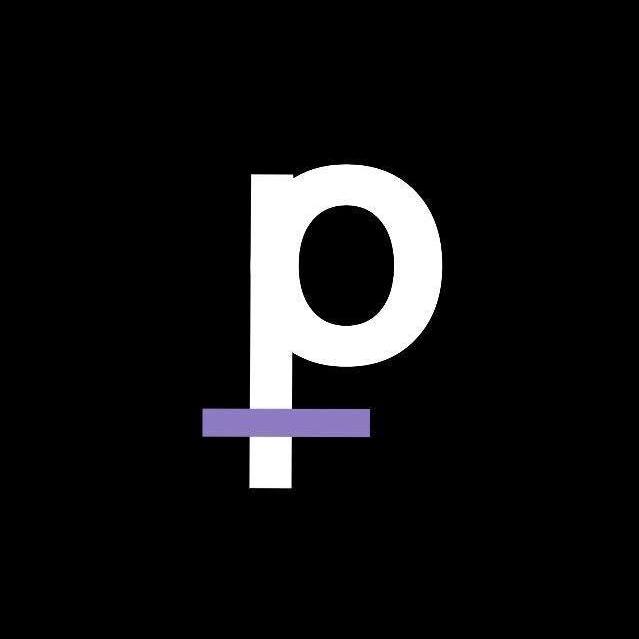Happy Pride from Platform
submitted by joie ha
Identifying as Asian Pacific Islander American and LGBTQIA+ can prove to be a difficult challenge. With multiple intersections at work and various cultural boundaries, APIA’s may not feel safe or welcome being their true selves in their families and communities. In fact, Asia as a whole has very limited rights for LGBTQIA+ folks. In some areas, homosexuality is punishable by death. However, there are improvements on the horizon with Taiwan becoming the first Asian country to legalize same sex marriage. Ideally, the rest of Asia will begin to follow suit and accept the various spectrum of sexual and gender identities. For now, it is important for our allies and our communities to educate ourselves. Here are a few quick and easy points that you can share with your families and friends:
What does LGBTQIA+ mean?
To understand this acronym, it is important to acknowledge the difference between sexual and gender identity. Sexual identity is WHO a person may be attracted to. Gender identity is HOW a person may identify; male, female, both, or neither.
Sexuality
The LGB & A falls under the sexuality category stands for lesbian, gay, bisexual, and asexual.
Lesbian- a woman-identifying individual who is attracted to other woman-identifying folks
Gay- a male-identifying individual who is attracted to other male-identifying folks
Bisexual- individuals who are attracted to both genders
Asexual- individuals who do not feel sexual attraction at all (however this does not mean they do not desire a romantic relationship)
Gender
The letters T & I falls under the gender umbrella standing for transgender and intersex.
Transgender- an individual that does not identify as their assigned sex at birth.
Sex is the physical characteristics that may characterize an individual as male or female at birth; gender is how a person may identify for who they truly are.
Intersex- an individual that does not possess enough biological characteristics at birth to assign an actual sex (this happens more than one may expect, 1 in 60 of all births)
More
Lastly queer stands for anyone that simply does not fit into a nice labeled box for gender or sexuality. In truth, all of us are a little bit queer! And the + sign is for all of the identities that have yet to be categorized or mentioned.
Everything lies on a spectrum
A common misperception is that gender or sexuality is either or, black or white. People can be more than just gay or straight, male or female. Imagine gender and sexuality as more of a spectrum, where you can lean towards one side or another or simply remain right in the middle in between.
There is history of LGBTQIA+ folks found in Asian Pacific Islander Culture
Different sexualities and gender identities in Asian Pacific Islander Culture isn’t a new thing. It’s been around for centuries! Take for example, the Māhū and Tu’er Shen.
Māhū
Māhū is Hawai’ian term for someone that identifies as third-gender, an individual that is neither explicitly male nor female, but embraces both feminine and masculine traits. These individuals were actually incredibly revered in society, serving as priests and healers. They were masters and teachers of hula dance and chant, and keepers of cultural history and lineages. They were so valued that families would actually request Māhū’s to name their children. However, missionaries who began to arrive in Hawai’i discouraged this practice and sowed transphobic sentiment.
Tu’er Shen
A folk figure emerging in the 17th century in China, Tu’er Shen is a deity said to manage the relationships between homosexual couples. Tu’er Shen acts as protector and leader for gay couples. Although some Taoist thought had condemned the Tu’er Shen, his influence was unforgettable. In 2006, a temple was erected in Taiwan in honor of Tu’er Shen. It receives 9,000 pilgrims per year and is allegedly the world’s only religious shrine for gay individuals.
Acceptance of our LGBTQIA+ community members starts with awareness. Identifying differently is not a thing to be shameful of and have in fact been a part of our communities for centuries. Although delving into all of the acronyms can be a bit intimidating, it is important that we are able to understand the differences in order to become a more accepting community. For this PRIDE month, let us practice not only acceptance, but love . Everyone deserves to be who they are, and our communities would be stronger if all could live authentically as their true selves.
Sources:
https://www.reuters.com/article/taiwan-gay-temple-idINKBN0KS0R120150119
https://www.fairobserver.com/region/asia_pacific/hidden-histories-homosexuality-asia-77120/



